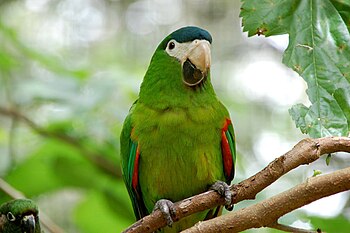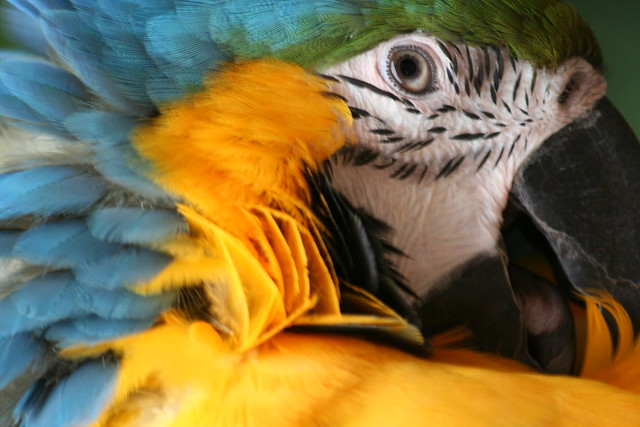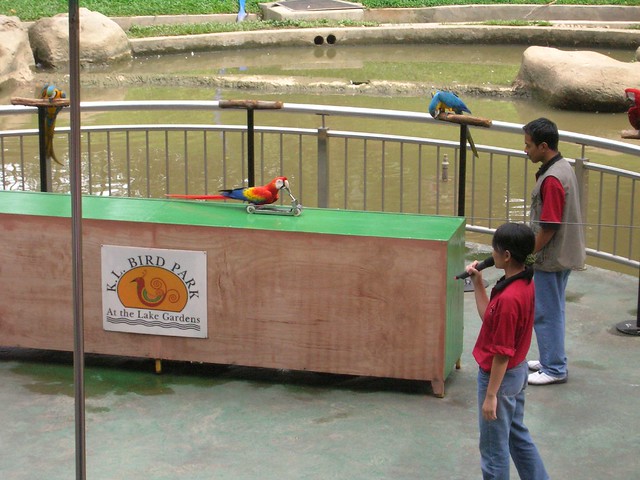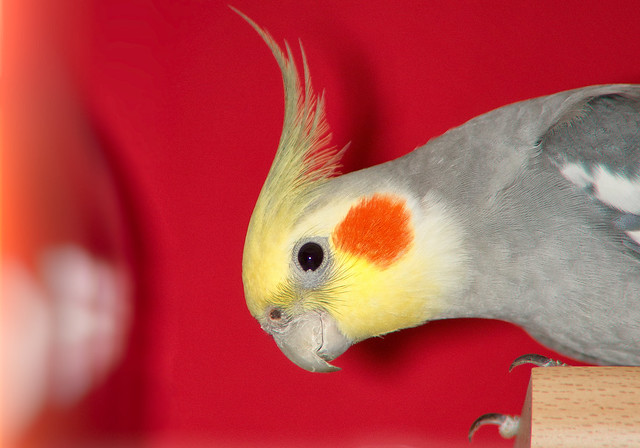 |
| Common Canary - Photo by rkramer62 |
Thanks to selective breeding, there's quite possibly a canary out there to suit every personality and desire. Some canaries are bred for their coloration, some are bred for their shape, and some, of course, are bred to produce a very specific song pattern. What kind of canary you purchase will depend on what canary resources are available near you. If you can find a reputable canary breeder, that will be your best option. Many pet stores now, however, commit to purchasing healthy birds only from reputable breeders but check first to make sure that your canary was not wild caught or raised in less-than-desirable conditions. If the pet store manager cannot account for where your potential canary came from, don't buy a canary from that store! Oh, and be sure that the canary you purchase is a male if it's a strong singer you're after. The females are incapable of producing the characteristic long trills and melodies that made canaries famous.
The Canaries can be quite delicate, so a primary part of learning to care for a pet canary is to realize that prevention is key. If there's a number one rule of pet canary care, it's that you absolutely must keep your canary away from drafts at all times. A drafty room can kill a canary without any warning whatsoever, and even a slight draft can prevent your canary from warbling. If a lit candle flickers when held outside your canary's cage, then you've picked a spot that's too drafty for your new feathered friend!
As far as cages go, your canary doesn't require anything too spectacular-just enough room to hop about and stretch his wings. Make sure you purchase a cage that is at least two feet wide and three or four feet tall. Get a cage with a tray in the bottom to make for easy cleaning, and make sure that the bars of the cage are not coated with toxic paint or other chemical sealants. You should clean your canary's cage thoroughly at least once a week, washing perches, food and water containers, and toys in a mild bleach solution, and wash down the rest of the cage with dish soap and warm water.
While they can't stand drafts, canaries do love indirect sunlight. A good supply of natural light will keep your canary singing, and will also interest him in breeding should a female be present. If a draft will kill a canary the fastest, a second runner-up is a dehydration. Because of their speedy metabolisms, canaries require a lot of water and may die if they go as little as a day without it. Change your canary's water daily and never leave for more than a day without asking someone to water your canary for you. As for food, the seed is the mainstay of a canary's diet, and there are many good commercially available seed mixes made specifically for canaries. You should supplement your canary's seed with a little fresh fruit and boiled egg every day. An apple slice and a fourth of a hard-boiled egg are enough. You should also provide your canary with a cuttlebone, as he will gnaw on this to attain necessary calcium.
With these basic rules and supplies of pet canary care well in hand, you're ready to seek out the perfect canary for you. Will you choose a rosy red colorbred canary, an exotic Persian Singer, or something in between? Whatever your decision, your canary will thank you exuberantly for the next ten to fifteen years the best way he knows how-by singing his heart out.
|














